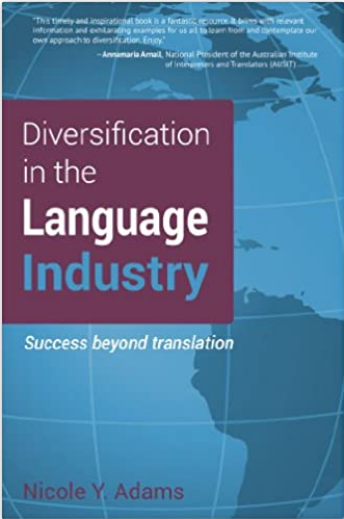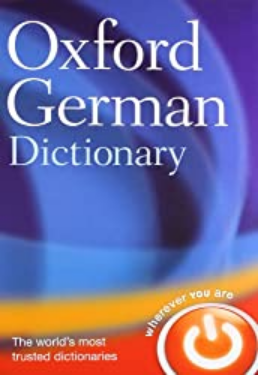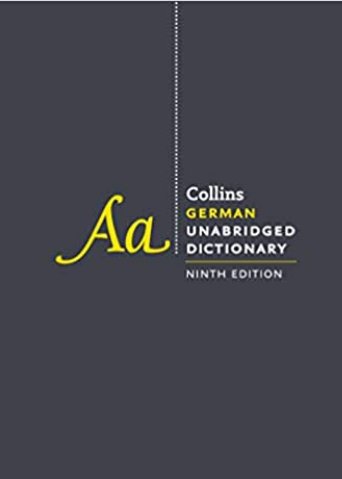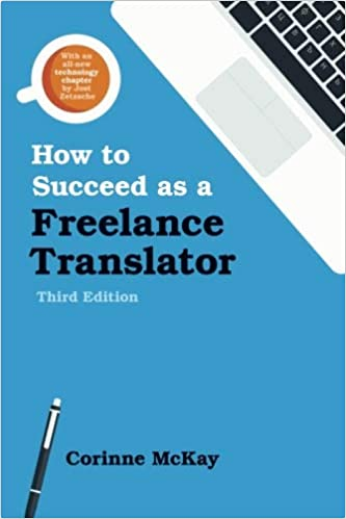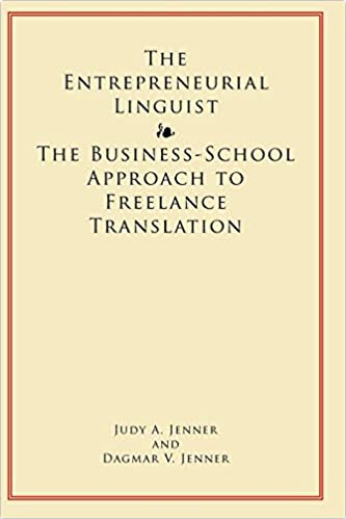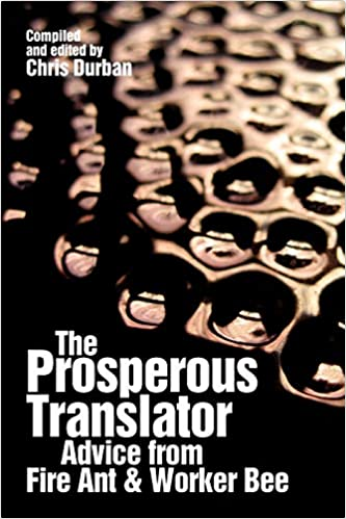Judging German English Translation
What makes a German translation “good”?
It’s fun laughing at the German English translation you get when you use a free online translator. But it’s helpful to actually understand what makes a German translation “good”.
The following notes are here to help you assess the quality of a German English translation. They're designed as an introduction to a subject which is an academic discipline in itself.
I've taken as my starting point the guidelines issued by the Chartered Institute of Linguists (CIOL), the professional body representing linguists in Great Britain.
The Institute runs a series of professional exams for linguists and their professional qualification for translators is the Diploma in Translation (Dip.Trans).
Defining "good"....
According to the CIOL guidelines for Diploma in Translation candidates, a professionally competent translation should be:

1. Functionally accurate
2. Stylistically appropriate, &
3. Faithfully render the style and meaning of the original text.
Ideally, you should be unaware that the English text you are reading is a translation from the German.
When marking its Diploma examinationa papers, the CIOL judges each German translation according to three factors:
- Comprehension, Accuracy & Register
- Grammar, Cohesion & Coherence
- Technical Aspects
Let’s look at each of these categories in turn.
This is what the German translator needs to consider while working on their German English translation:
1. Comprehension, Accuracy, Register
- Comprehension
Has the translator actually understood the original German text?! Do some of the words in the English translation appear out of context?
If I haven’t got the original German text in front of me for comparison purposes - does the English version sound like an original piece of writing?
- Accuracy
This includes the correct use of verb tenses, correct translation of modal verbs (e.g. sollen - often means “is expected to” rather than “ought”).
Have words been missed out? - German is particularly keen on lots of apparently innocuous “filler” words such as doch, ebenso which can alter the stress or shift the meaning of a sentence.
- Register
- Has the translation been written appropriately for the audience it is aimed at? Is the translation aimed at children, educated adults or professionals in a specialist field? I might explain who Goethe was, for example, if the text is for school pupils, but not for an educated adult audience. A German English translation for a specialist audience will use different terminology than one aimed at the layperson (e.g. medical terminology).
- Is the tone of the translation correct – was the original German text humorous? Angry? Serious? Flippant? If the German text used a play on words (e.g. alliteration), has the translator tried to mirror this with a similar construction in English?
- If there are references to specific cultural phenomena (the German schooling and university system is a case in point) for which there is no direct English translation, then have these terms been explained (glossed) sufficiently?
- A German personality is much less likely to be well-known in another cultural context so additional information might well be useful, depending on the readership (e.g. Franz Beckenbauer, Germany’s best loved football coach and manager.)
2. Grammar, Cohesion, Coherence
The translated English text will only be coherent if the translator has thoroughly understood the German original.
- Grammar
Well, it’s right or it’s wrong! (Although do be aware of linguistic conventions, e.g. in job adverts, we often use the future tense “The prospective candidate will have a proven record in...”, whereas the German uses the present tense, z.B.: “Ihr Durchsetzungskraft zeichnet Sie aus.” )
- Sentence structure
Do the sentences feel English? A whole paragraph can easily consist of a single German sentence. A translator will frequently need to break German sentences down into several shorter English sentences.
Transposition (the repositioning of clauses) is often required to make a German sentence sound “English”.
- Choice of wording
Look out for collocations (certain words habitually occurring together) - has the translator remembered them? E.g. "to jump a queue", "to down a glass", "to argue a case", "to hold someone responsible". This is a key factor in making a text sound really English.
- Cohesion & coherence
Is it a coherent piece of text which outlines an argument, tells a story, or explains a concept clearly? Does it read fluently? Or does it feel as though it has been translated on a sentence-by-sentence basis?
A text should have a beginning, middle and an end. Translators who mechanically translate one sentence after another can easily miss out the words which pull together arguments and lines of thought (furthermore, overall, however, etc.), and fail to understand the context of references in the latter part of the text.
- Consistency
E.g. is an abbreviation explained the first time it is used? If set phrases are repeated – does this sound deliberate, in order to stress a point, or has the translator just not bothered to come up with a synonym?
3. Technical Aspects
These include punctuation, spelling, accentuation, transfer of names, dates, figures etc. (Look out for potential German translation pitfalls!)
- German punctuation is similar, but not identical, to English punctuation. For instance, instead of using bracket, Germans love to divide up clauses in their sentences with two dashes and a comma – just like these – as you see here. Has the English translator remembered (as here) to replace the dashes and comma with brackets, which is more common in English?
- Another example is the German use of the colon (:).
German sentence: The clause following the colon starts with a capital letter.
The equivalent English structure – this is to replace the colon with a dash, as here. - Names are proper nouns and must be reproduced in exactly as in the original German text. (.e.g. Dr. Max & Partner). Proper names e.g. Deutsche Bahn, should not be translated, but explained if you feel it is necessary (e.g. “The national German railway operator”, Deutsche Bahn).
So, a good German English translation...
... is a well-written English text which faithfully renders the meaning of the original German text and is not obviously a translation.
And how do you improve your own German translations?
Practice, practice, practice!
Disclosure: As an Amazon Associate I earn from qualifying purchases. More details here.
Thinking German Translation, by Ian Higgins, Michael Loughridge, and Hervey Sandor, was the recommended text book for my Diploma in Translation preparations, and to be honest, the only one I needed.
A must for any budding German translator.
A great exercise is to compare your own German English translation with ones you find on the web; here are a few sources of free German translations – have a go at translating the German text and then check your English version against the one you find online.
You'll be amazed how much you learn!
- Home ›
- Better Translation ›
- "Good" Translation
Other articles in this series which might interest you:

Joanna Scudamore-Trezek
I'm a German to English translator living and working in Vienna, Austria. I turn German texts into clear and accessible English, allowing clients to present their stories, ideas and information to a completely new audience. My business and marketing clients rely on me to get their message across clearly and effectively. How can I help you today?








